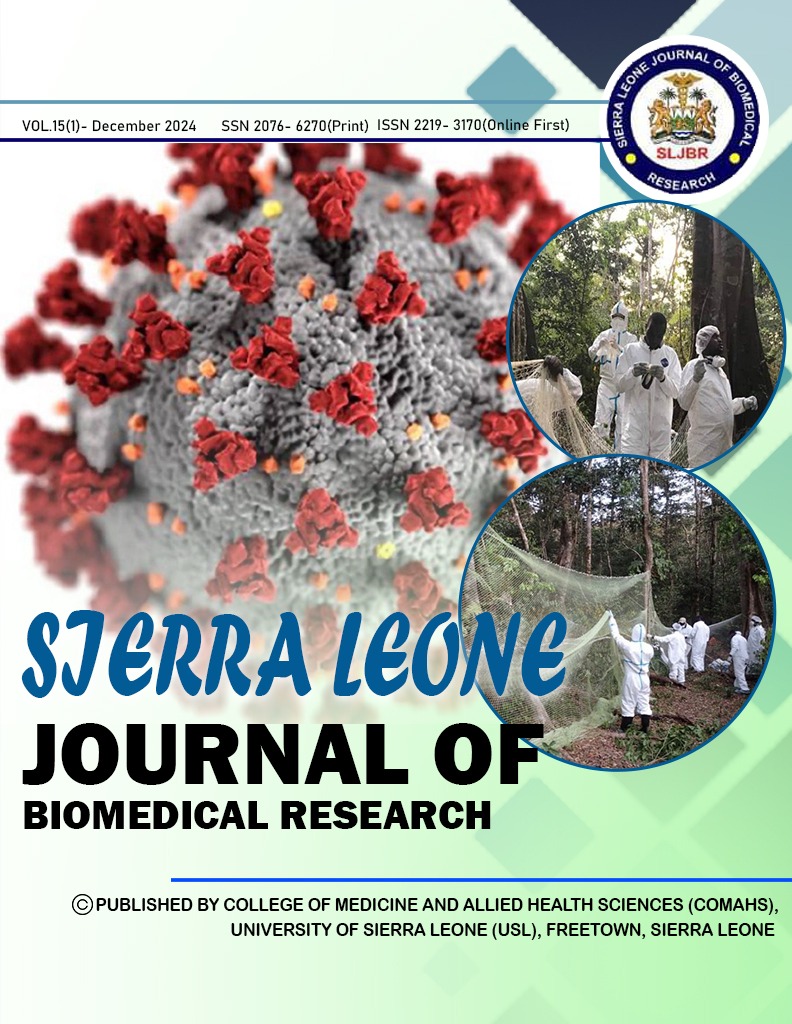BETA-2- MICROGLOBULIN PROFILE AMONG PATIENTS ON MAINTENANCE HAEMODIALYSIS IN SOUTH-WEST NIGERIA
DOI:
https://doi.org/10.4314.11Abstract
Introduction: Beta-2-microglobulin is a predictor of mortality and a marker of cardiovascular disease in patients with chronic kidney disease. It is a marker of clearance of middle molecules and has been suggested to be a measure of adequacy of haemodialysis.
Methods: The study was an observational, single arm, paired survey. A total of 66 patients on maintenance haemodialysis who fulfilled the admission criteria were placed on a defined haemodialysis prescription for a month and their urea reduction ratio, Kt/V and percentage reduction in beta-2-microglobulin were calculated.
Results: The mean age of study participants was 42.9 (± 11.5) years. The mean percentage reduction of β2M, urea reduction ratio and Kt/V, were 48.2±24.4; 54.2±18.3; and 0.9±0.5 respectively. The mean pre dialysis β2M and post dialysis β2M were 27.3±12.8 and 16.9±11.3 respectively. The sensitivities and specificities of URR (100% and 88.1%) respectively and % reduction in β2 microglobulin were (46.7% and 60.9%) respectively. A positive correlation was found between Kt/V and % reduction of β2M (r = 0.4; p<0.001) as well as URR and % reduction in β2M (r = 0.3; p<0.05). Also, a line graph showed that a Kt/V of 1.2 corresponded to a 56% reduction of beta-2- microglobulin.
Conclusion: Percentage reduction of beta-2-microglobulin is a less sensitive and specific marker of assessing adequacy of dialysis compared to URR and Kt/V and is therefore a less reliable marker of adequacy of haemodialysis at least in our setting.

